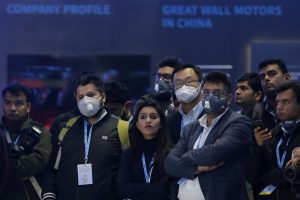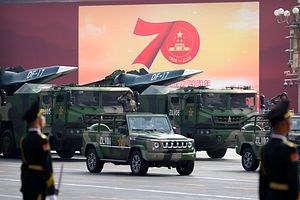By Sripathi Narayanan*
Between 7 and 11 February, Sri Lanka’s new Prime Minister, Mahinda Rajapaksa (MR), travelled to India on his maiden foreign visit since assuming office. This visit marked the fifth high-profile bilateral exchange since his brother, Gotabaya Rajapaksa (GR), was elected as the country’s president in November 2019. MR’s visit is significant not only in terms of the recent frequency of such exchanges but also vis-à-vis charting the progression of ties between the two Indian Ocean littoral neighbours. Since the beginning of the Rajapaksa presidency in November 2019, India and Sri Lanka have forged a new partnership not only by casting aside contentious issues of the previous (Mahinda) Rajapaksa presidential years, but also by focusing on new avenues of partnership that are also politically palatable to their respective domestic audiences.
India’s External Affairs Minister, S Jaishankar, who visited Colombo a day after GR’s inauguration, can be credited with taking the initiative to iron out creases. Among other things, GR’s subsequent New Delhi visit entailed a US$ 450 million line of credit from India, which included a US$ 50 million for strengthening the Sri Lanka’s security apparatus (including counter-terrorism). Subsequent bilateral engagements, such as Sri Lanka’s Foreign Minister, Dinesh Gunawardena’s, India visit, following which India’s National Security Adviser, Ajit Doval, visited Colombo, were more on the lines of taking forward that which was agreed upon during GR’s New Delhi visit.
Emerging Equation






/arc-anglerfish-arc2-prod-mco.s3.amazonaws.com/public/Y5ZGVO5FHJDVFONWZNGBBZVK4Y.jpg)





/arc-anglerfish-arc2-prod-mco.s3.amazonaws.com/public/NPEK45S6VZAENIYE5JMK5LSPSQ.jpg)
/arc-anglerfish-arc2-prod-mco.s3.amazonaws.com/public/VADM74WKY5DBZA4HPXIRBJXNV4.jpg)
/arc-anglerfish-arc2-prod-mco.s3.amazonaws.com/public/7BPIX6D2J5APDB452JKVZOPTUU.jpg)
